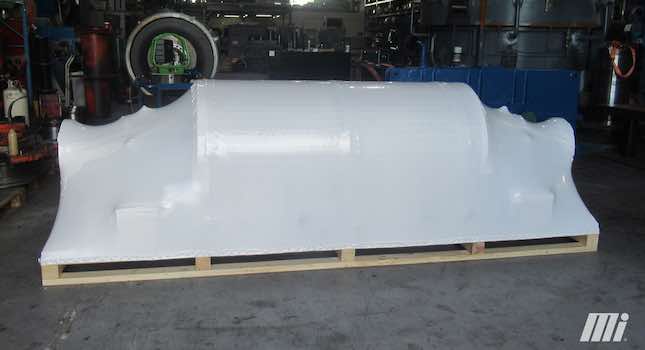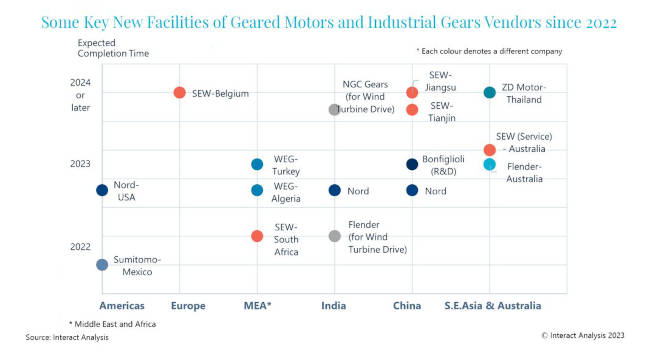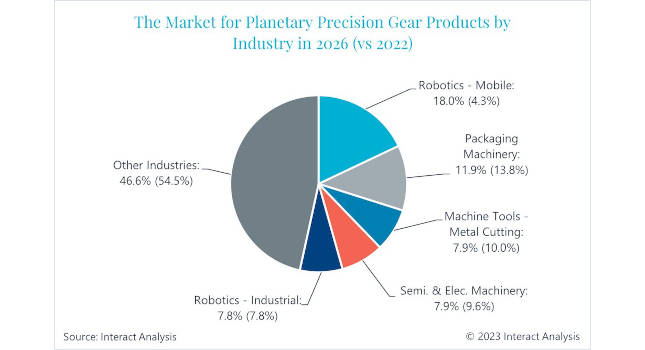During the past several years, compressed air users have become increasingly conscious of the environmental impact and associated costs of disposing of compressor fluid system filters.
|
During the past several years, compressed air users have become increasingly conscious of the environmental impact and associated costs of disposing of compressor fluid system filters. These filters remove particulate and entrained air contaminants from compressor lubricating fluid systems (Fig. 1).
Used compressor lubricant filters may be classified as hazardous industrial waste, depending on local regulations, and incur corresponding disposal costs. The frequency of element change-outs magnifies disposal issues.
Compressor manufacturers typically recommend 1000 hr between filter changes. For a compressor running continuously, eight used filters per year must be disposed of. In installations with multiple compressors, this can involve a significant expense.
One approach, which is now being utilized to minimize filter disposal costs, is to remove all metal content from the filter elements. In a traditional filter element, metal parts are used to provide support to the element. The primary structural component is the filter core. The core supports the filter media and prevents the element from collapsing under pressure.
Other metal parts in traditional filters include metal end caps and a wire-mesh support screen for the media. Filters without metal content still require a core for support, but the core is eliminated from the filter element and relocated as a fixed component, centered in the bowl (Fig. 2). The filter element then slides over the core when installed. This construction is commonly referred to as a coreless filter.
Another way to remove metal from the filters is to replace the end caps with nonmetallic material. A synthetic material replaces the wire-mesh support screen. The nonmetallic elements offer a couple of disposal options to the user. They can be completely incinerated, with a small amount of ash as the only remaining residue, or they can be crushed with minimal effort and energy.
Compacted coreless elements occupy about 25% of the space required for conventional metal core filters, taking up correspondingly less landfill space. The savings can be significant, especially in locales that classify used filters as hazardous waste.
Construction
Coreless elements typically use depth media. These consist of two separate layers of fiberglass, with the upstream layer coarser than the downstream layer (Fig. 3). The coarser upstream media acts as a pre-filter, capturing large-diameter contaminants. The finer, downstream layer traps the more numerous and smaller diameter contaminants.
The result is more void area, which is the area available to capture contaminant, typically providing 30% more effective retention area than conventional single-layer media. The benefit to users is a higher dirt capacity, providing longer element life.
In the element construction process, media pleats are supported in place utilizing a synthetic bonding agent. This prevents pleat bunching without the requirement for a wire mesh support. Bunched pleats reduce effective media area and detract from the life of the element. A synthetic outer sleeve is added in a final step to ensure element construction integrity (Fig. 4).
Coreless units are typically 50% lighter in weight than the same size conventional element (Fig. 5). The coreless element, due to its depth media construction, surpasses the contaminant holding capacity of a conventional filter.
Compressor protection
Internal compressor components are sensitive to contamination. In the lubrication circuit of a typical compressor, the critical components protected by filtration are bearings, seals, compressor rotors, and gears. Bearings and seals are the most vulnerable of these components.
Most compressors use lip or mechanical face seals and both are intolerant of contamination. Mechanical face seal surfaces have a micro-polish finish that can be scored by contamination, creating grooves that result in leak paths through the seal.
Seal leaks are a common nuisance that result in unscheduled maintenance time. Lip seals are constructed with two or more PTFE sealing lips, which run against a wear sleeve to provide a seal. Contamination can cause the sealing surfaces to score, leading to premature leakage.
In bearings, contaminants present in the lubricant score the rolling elements and races, resulting in premature bearing failure. The high-performance composition of the coreless filters provides excellent protection against the problems associated with lubricant contamination.
Material compatibility
An important consideration in the design of coreless filters is the compatibility of the synthetic materials, which replace metal components, with the system fluid. Compatibility is especially critical when using long-life synthetic fluids with a polyglycol or silicone base. The support mesh, outer sleeve, and end cap materials should be tested for compatibility with the synthetic fluids for the duration of their time in service. Testing will ensure that a coreless filter element is usable with premium synthetic fluid formulations and conventional compressor fluids.
Benefits
The design of the coreless housing offers a quick and easy change-out of the filter element by maintenance personnel. A conventional filter bowl, that is secured to the housing by four bolts, is time consuming and difficult to remove. When servicing this filter element, users can misalign the steel mounting bolts when reassembling the bowl, causing damage to the threads in the softer aluminum filter housing, resulting in a costly repair.
Coreless filters are designed so the bowl containing the element is threaded to the filter head and is removed by simply spinning if off. Maintenance personnel benefit from the ease of removing the lighter weight coreless element especially when the element size is increased for higher flow rates and extended life.
More Info:
If you have any questions about disposable compressor fluid system filters call Dan Busta at 800-253-1258 or Mark Firnhaber at 800-785-5247. Article edited by Joseph L. Foszcz. Senior Editor, 630-288-8776, [email protected] .



